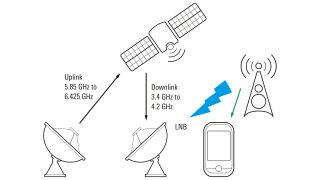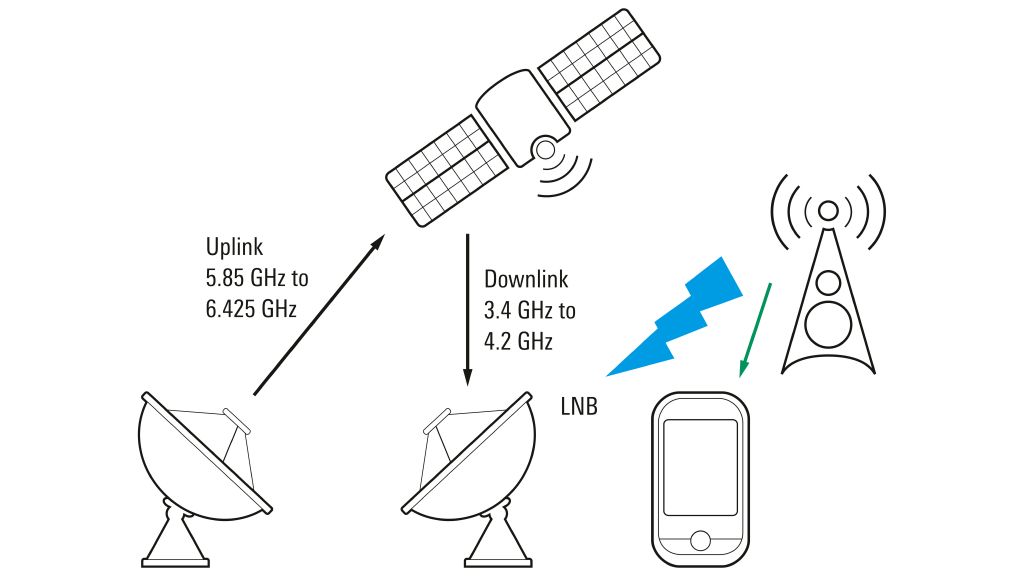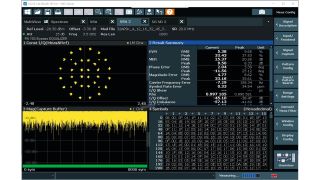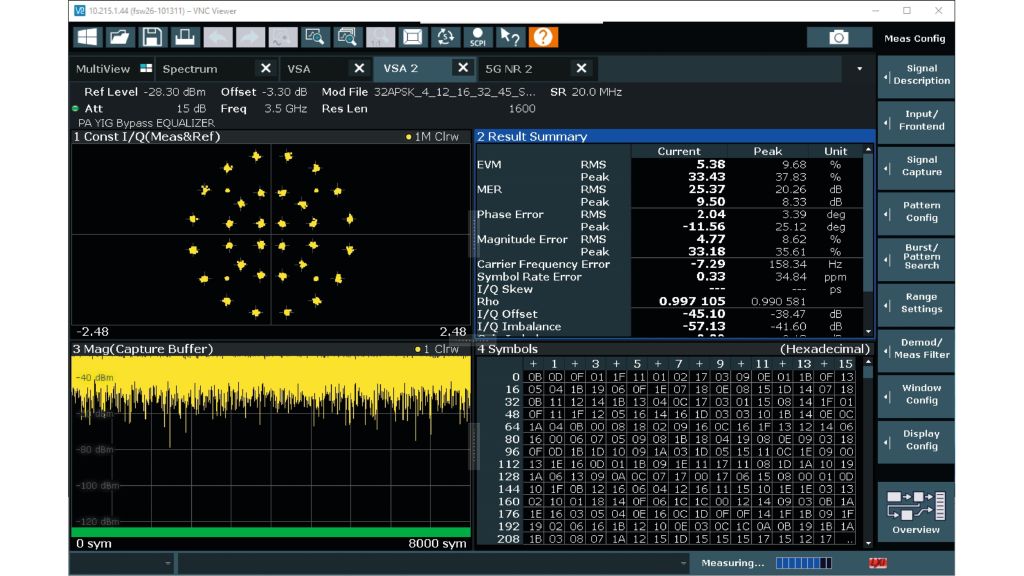Background
The C band offers coverage of continental zones and is assigned to fixed satellite services (FSS). Frequency allocation for the downlink in the US is from 3.7 GHz to 4.2 GHz and in Europe from 3.4 GHz to 4.2 GHz. The C band is ideal for supporting telecommunications and broadcasting services in rural and marine areas, where a terrestrial infrastructure is sparse or does not exist. Another benefit of the C band is its low susceptibility to rain fade, which qualifies it for stable links in tropical areas. Additionally, services in the C band are essential in emergencies and in disaster recovery. However, sharing the same frequency spectrum (see Figure 1) with other parties implies interference (see Figure 2) to existing services. In the downlink, interference can drive the low noise blocks (LNB) into saturation. Filters cannot be applied in the existing receiving systems of fixed and mobile earth stations. The received signal, attenuated by traveling up to 36 000 km from a geostationary orbit to earth, is weak anyway and would no longer be detectable. While regulatory limits provide guidelines for planning a cellular network, they cannot ensure that waves do not radiate in a wider range than predicted.










